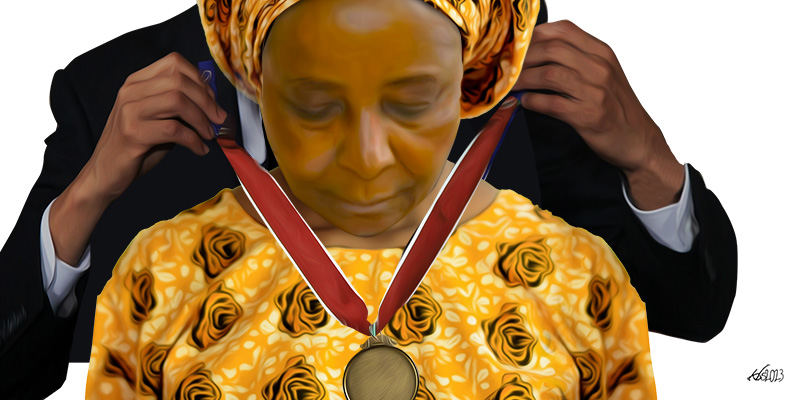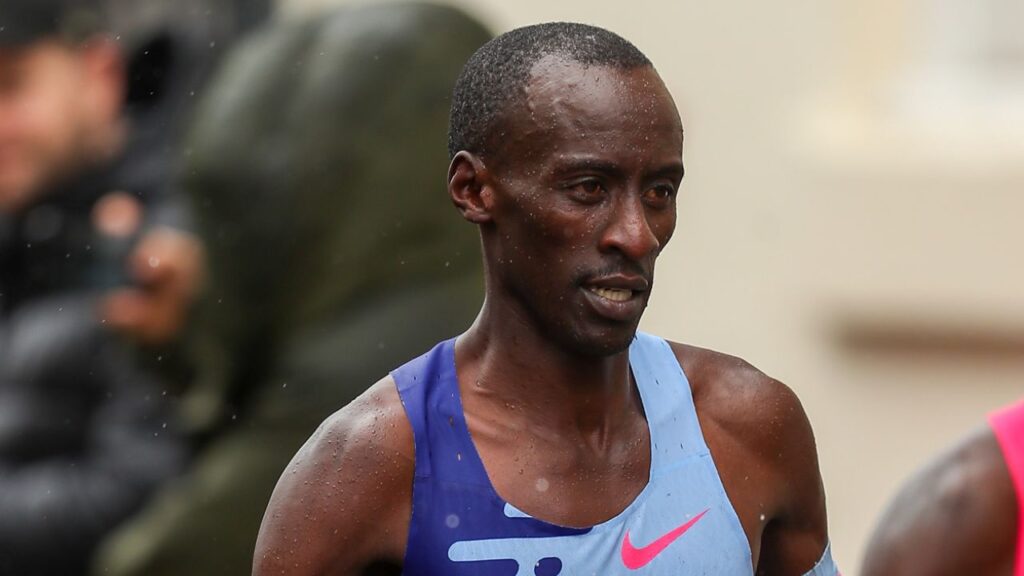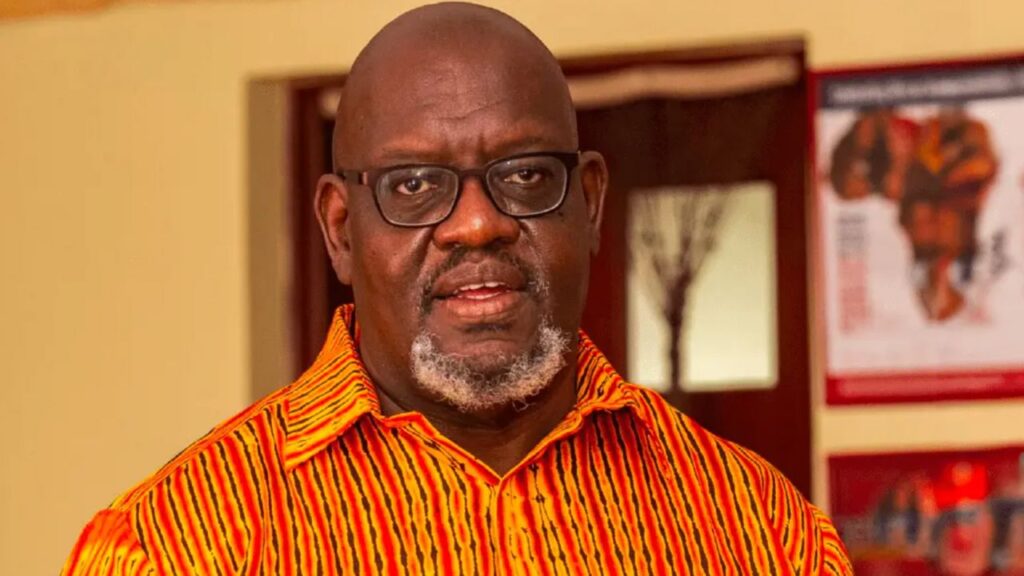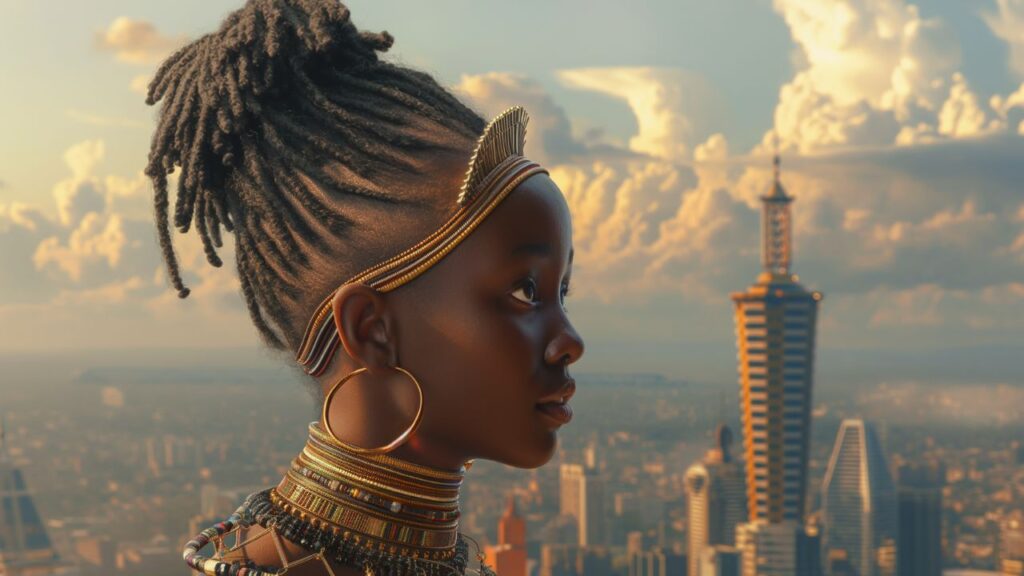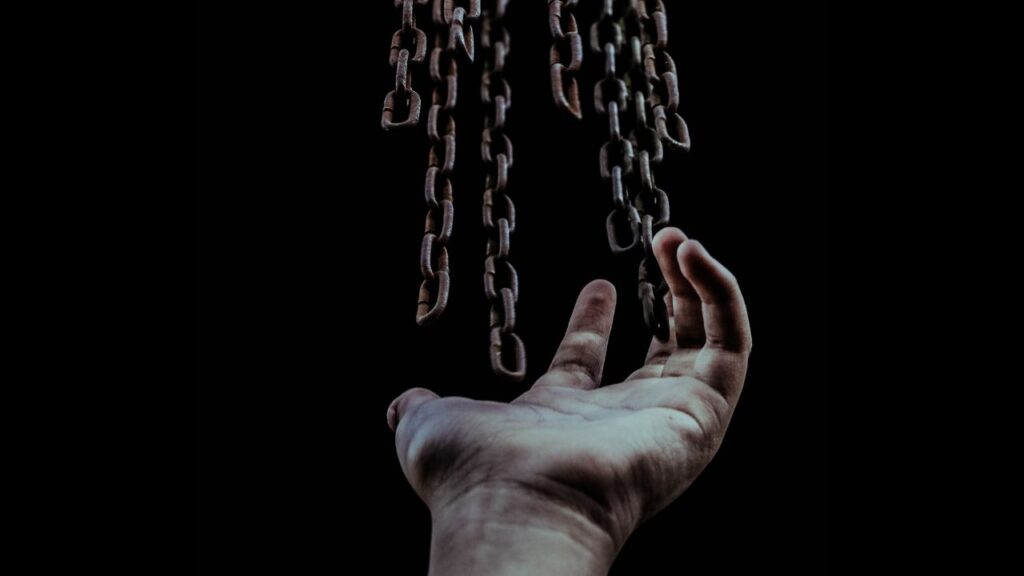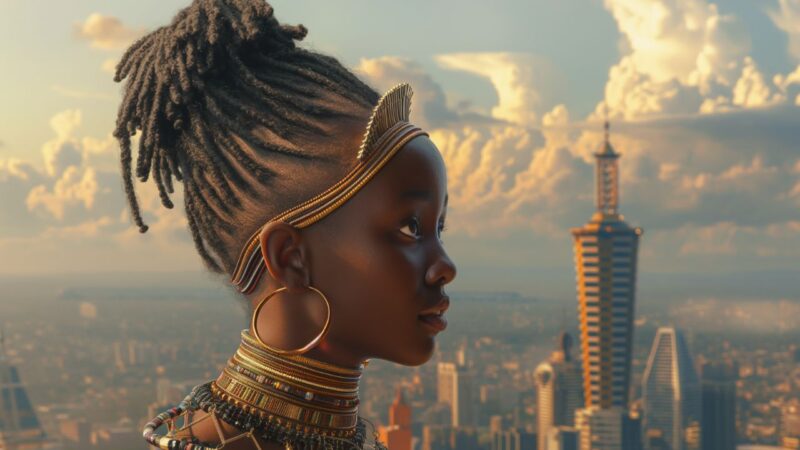I start my personal testimony by thanking Mĩcere’s family for kelo yuak dala (bringing home the mourning as we say in Dholuo). When we lose a loved one in a faraway land, bringing home the mourning allows us to grieve together and begin the healing process. So after such a momentous loss, I am grateful to Mĩcere for coming back to us as we unite in this community of family and friends to grieve together and celebrate her life.
My heart goes out to her daughter Mumbi. I always remember what my only daughter, Agunda Okeyo, once told me when I was about to go on an extended trip leaving her behind in New York City where we had lived together for a long time: “Mama you are the ground beneath my feet. When you leave, I have no place to stand.” Then she paused. And with tears streaming down her cheeks, she added, “A mother is such a chunk in a child’s life.” I know Mwalimu was such a chunk in Mumbi’s life and times ahead will not be easy.
When Kenya’s history is fully documented and shared between the people, we will be surprised at how similar were the risks we all took in various parts of the country to liberate ourselves from the colonial yoke. Our lived experiences and contributions to this new nation are integral parts of a large canvas that was painted by a myriad of people in diverse parts of our nation. We are only now piecing it together one story at a time.
During the colonial period, many new forms of leadership and organizing emerged around the country and many acts of resistance and rebellion were birthed by individual persons and communities. However, not everyone became aware of them because we were separated from one another by colonial forces. So now when we hear about each other’s lived experience, we are inspired to add our pieces to the tapestry of courage that has been buried and silenced by the conspiracy of domination. With that realization, we shall discover our common purpose as one people, one Kenya.
As we pay tribute to our fallen sister, Mwalimu Mĩcere Gĩthae Mũgo and reflect on how she was gripped all her life by the spirit of resistance, I want to add my personal testimony here as well. Her passing and personal stories have made my own even more poignant when I realize how similar were the circumstances in which we grew up, she in Baricho, Kirinyaga County, and I in Seme, Kisumu County.
Mĩcere and I go a long way back. We are close in age, her rika and mine are separated by only three years. I call her Nyiwuodha. In Dholuo language, Nyiwuodha means the person with whom you share similar experiences – separately and together – in the journey of life. This is not only about being in the exact same physical spaces at the same time, but also about shared moments, experiences and circumstances that make your lives resonate with one another.
We share many crucial experiences both in Kenya and globally. Our friendship and sistahood was built on a shared heritage which we were to discover only after we first met in the University of Nairobi in 1973. Our identities as women and our professional calling as academics and activists were shaped by the history of the times in which we grew up.
Both of us were children of resisters, human rights defenders and change makers who realised early that the colonial system, as Walter Rodney taught us in his book How Europe Underdeveloped Africa, was a façade that was sold as development while its real purpose was to deprive folk of development opportunity.
As very young children we witnessed our own parents fight for freedom with the tools they had, in the spaces in which they found themselves.
Mĩcere’s father was a Senior Chief and Administrator in Central Province. My father was a Teacher, Schools Supervisor and Church Lay Reader in Nyanza Province. Mĩcere’s mother taught class. My mother was also a teacher/trainer of women in community development. Both our mothers worked alongside our fathers for the liberation and empowerment of women and girls in our communities.
Both of us were children of resisters, human rights defenders and change makers.
Our parents worked in the colonial system and had the opportunity to see, firsthand, the insidious nature of the system, its method of subjugating and disempowering our people and communities. Our parents, hers and mine, became fully aware that the system was inimical to the interests of the people and had to be fought by all means necessary. And they took risks at all times to sabotage and overturn the conditions that oppressed our people.
As Mĩcere’s father refused to be the tool for stamping out Gĩkũyũ Mau Mau freedom fighters, and as he was being thrown in jail for refusing to persecute the freedom fighters, my father and mother were running a clandestine, underground operation for detainees who were escaping from the colonial detention and labour camp on Mageta Island – a small mosquito- and tsetse fly-infested island on Lake Victoria where they had been sent to suffer ignominy and even die.
As my father was a teacher, he risked being fired from his job or jailed if found to be a sympathiser with the detainees who were rebelling and escaping from the long arm of the colonial system. Both Father and Mother took on the task to rescue, shelter, feed and hide several Kenyan freedom fighters. Many of the escapees were from as far afield as Mount Kenya, Ukambani and the coastal region who had been forcibly placed under arrest and confined on Mageta Island.
In our teens, we both found ourselves at the heart of desegregation of education in Kenya. By the time Mĩcere joined high school, like all former all-white schools, Limuru Girls School was now forced to admit children of all backgrounds. Mĩcere entered Limuru Girls School some two years ahead of me at A-Level, excelled there and went on to Makerere University – then a constituent college of the University of East Africa – where she studied English Literature. Two years later, in 1965, I joined the same Limuru Girls School, excelled and went on to the University of Dar es Salaam, then also a constituent college of the University of East Africa.
Mĩcere had gone before me and paved the way for us. Her motto was to excel and come top of her class. She demonstrated that Black African girls were capable of learning, taking leadership and winning in a multiracial setting. In those heady days, and as young teenagers, we found ourselves in the midst of white racism in our own country and suffered from it but went on undaunted to beat our classmates in all subjects hands down. As a result of our experiences in the school, we developed an intense dislike for any system in Kenya and elsewhere which weaponised difference to deny development opportunity.
We first met at the University of Nairobi 1973. Mĩcere was a lecturer in the Department of Literature and I was just joining the Institute for Development Studies (IDS) as a Junior Research Fellow. We both saw a sista in one another and from there we have shared much in our careers of knowledge building and teaching, and in our acts of rebellion against all forms of oppression. We discovered that, as college students, we were both deeply involved in the global anti-apartheid movement fighting for the freedom of South Africa. We were also deeply engaged in student movements for the liberation of Zimbabwe, Mozambique, Angola, Guinea Bissau and Cabo Verde.
Mĩcere demonstrated that Black African girls were capable of learning, taking leadership and winning in a multiracial setting.
This was followed by a long engagement in the women’s movement both in Africa and globally. This latter engagement was to bring us together for the greater part of our adult lives. In the year we met, 1973, I presented my first seminar paper on women in rural development at the IDS. Anticipating challenge, Mwalimu Mĩcere, then a young lecturer in the Department of Literature, came along to listen and see how my paper would be received in an all-male and mostly white IDS at the time. Other women who came included Phoebe Asiyo, Eddah Gachukia, Esther Ondipo Jonathan, Damaris Ayodo, Julia Ojiambo, Serah Lukalo, Margaret Mwangola and Terry Kantai. They all came to the seminar to hear me out and give me support in sistahood.
The debate was hot and not without controversy. Mĩcere spoke firmly in support. This seminar ensured that we launched the topic of Women and Development – irrevocably – as a legitimate area of study in the University of Nairobi. Professor Dharam Ghai, a Kenyan economist who was Director of IDS at the time, lent firm impartial support to this effort and authorised the revision and publication of the seminar working paper as a first Discussion Paper on Women at the IDS in 1974.
In 1973, Mĩcere and I collaborated in organising a conversation between women academics, researchers and rural women from around the country. The premise was that women needed to think together in order to act together to address social inequalities. Although only in the beginning stages of our theorising on women and society, our aim was to bring research and activism together to show how research could be used as a tool for bringing attention to the burdens of inequality borne by rural women. Key among them were: limited access to productive land, technical training, credit and finance, and inadequate agricultural research on the crops grown by women that formed the bulk of the country’s food security. Such was the interest drawn by the seminar that the late Professor James Kagia of Tigoni, Limuru and a University of Nairobi lecturer in Paediatrics, offered to be our interpreter from English to Kikuyu and vice versa during several sessions. We had a strong input from the Nyakĩnywa and Mabati Women from Nyeri as well as women from rural communities in the Coast, Nyanza and Western provinces whom we had invited to the seminar.
We both saw a sista in one another and from there we have shared much in our careers of knowledge building and teaching, and in our acts of rebellion against all forms of oppression.
Mĩcere earned her undergraduate degree in literature from Makerere University in 1966 and I earned mine in literature and sociology from Dar es Salaam University in 1970. Both of us received our Masters and PhD degrees in North America and in later years we both worked in the US.
From the 1990s onwards, our paths crossed many times in the course of our international careers. During this time, we had plenty of opportunities to exchange ideas on how to articulate and make more visible an African feminist epistemology based on our roots and understanding of the circumstances that disadvantage women in our continent. To frame the debate and call for action on African feminist epistemology, Mĩcere drew from African orature and literary material while I worked from the angle of the social sciences, policy analysis and research. Later, while she was Professor at Syracuse University and I Chief of the Africa Section in the United Nations Women’s Fund, Mĩcere took the time to find me in 1995 and interviewed me on how we as African women were engaging in the global feminist discourse on the empowerment of women within the framework of the United Nations and the Beijing Conference process.
This is just a glimpse of our mortal journey together. There is much more as many of you will read in our published works.
My sister Mĩcere was steeped in indigenous orature, so I will end with a little song from Luo folklore. The song comes from a story of defiance and strategy and it goes like this.
Song:
Wala Tinda, Wala wala Tinda
Silwal majanyiero okelo nyamin nene
Wala Wala Tinda, Wala wala Tinda
Silwal majanyiero okelo nyamin nene
Yuora mielie, wala wala Tinda
Maro mielka walawala tinda
Maro mielie otenga maudhili
Ti wanacham
Nyaktiari
–
Adapted from a tribute by Dr Achola Okeyo at the Kenya National Theatre, Nairobi, August 9, 2023.

